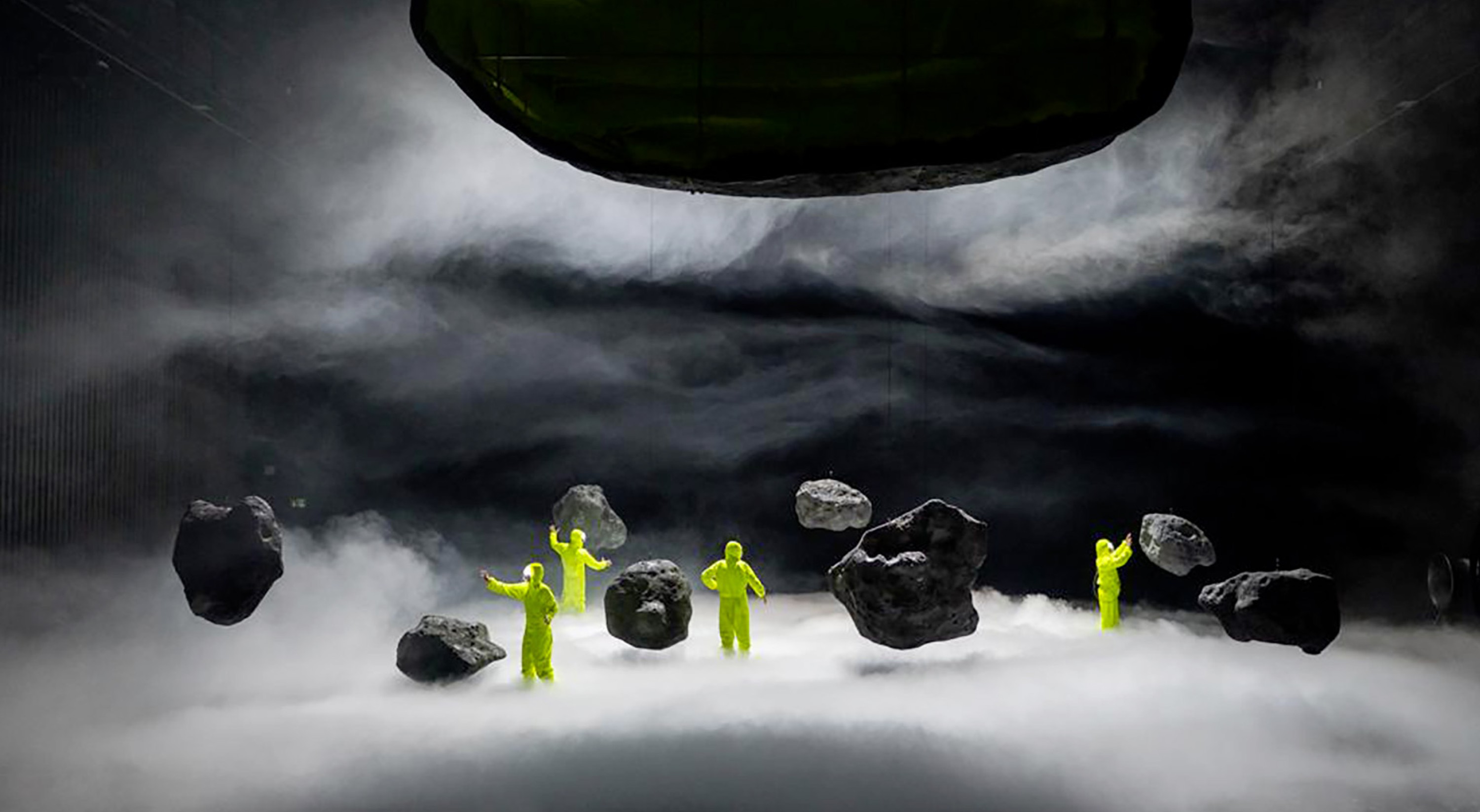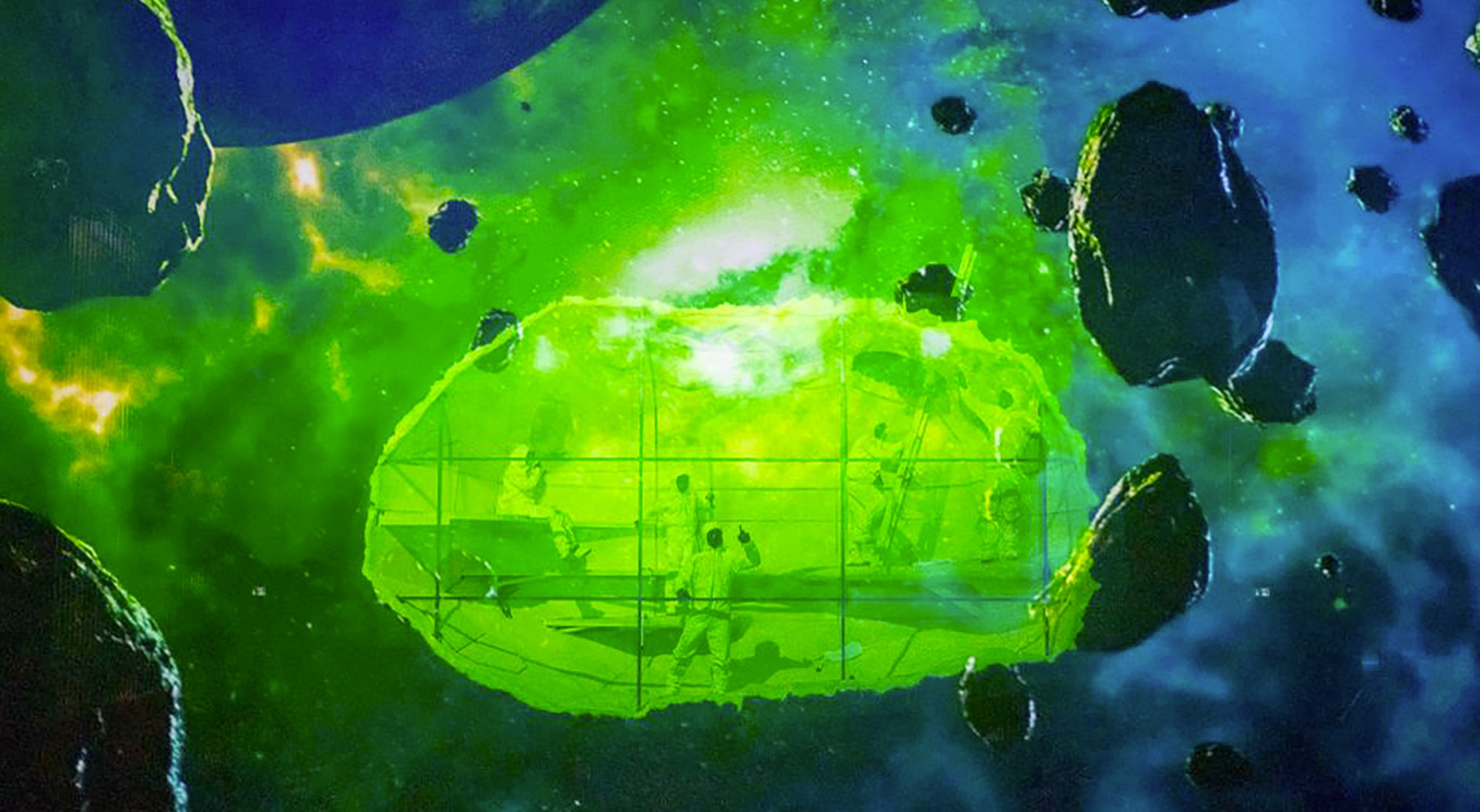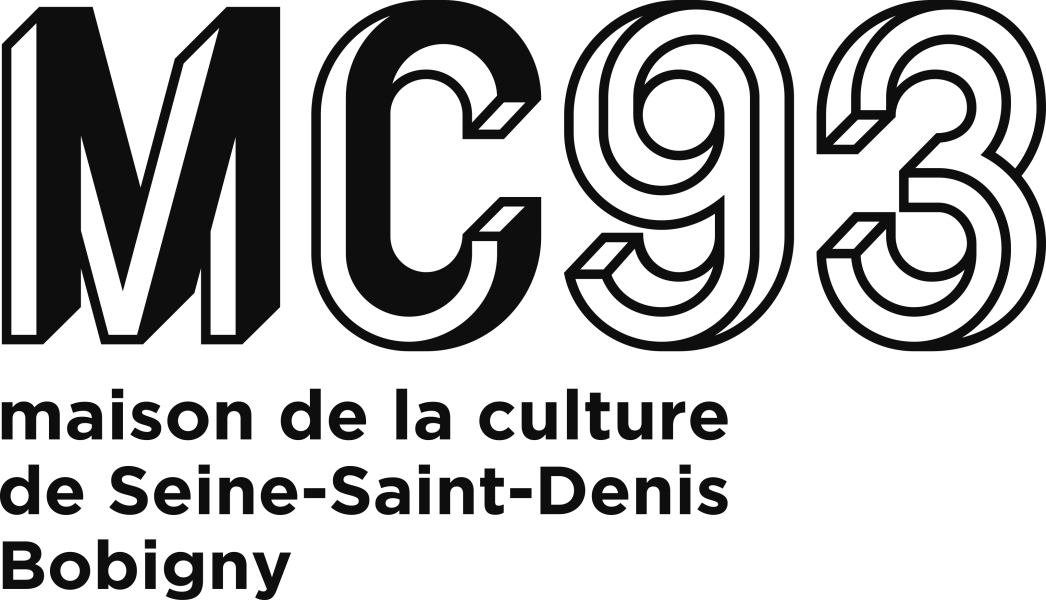Philippe Quesne
Cosmic Drama
octoberoct 20 – 22
Design, staging and stage design, Philippe Quesne
Artistic collaboration, Élodie Dauguet
Video, David Fortmann, Lukas Wiedmer
Stage work, Angela Osthof, Camille Louis
Lights, Benjamin Hauser
With Raphael Clamer, Jean-Charles Dumay, Annika Meier, Julian Anatol Schneider, Gala Othero Winter
General management, Martine Staerk
Set, Fabio Gaggetta
Light, Pierre-Nicolas Moulin
Sound, Janyves Coïc
Video, Nicolas Gerlier
Dresser/Perruque, Viviane Lima
Subhead, Marion Schwartz
Production, Elizabeth Gay
Produced by Theater Basel
With support from the Fondation d’entreprise Hermès as part of its New Settings program
Broadcast by Théâtre Vidy-Lausanne
Co-directed by MC93 – Maison de la Culture de Seine-Saint-Denis (Bobigny); Festival d’Automne à Paris
In its adoption of the codes of the Hollywood space opera genre, Cosmic Drama sets up the possibility of an encounter and a dialogue between the human and the mineral. In this evocative, burlesque piece, Philippe Quesne brings us a carefully scrutinized community of the living.
In a post-destruction era, a meteorite spaceship navigates a path through the fog and weightless rocks and sets down. It resembles an ark in which is preserved the last remnants of nature, art and human civilisation. How can we inhabit this earth? Is it our place to do so? It is these questions that the individuals from outer space, who have returned to planet earth only to find paltry stones and asteroids, will endeavour to find answers to. In order to evoke this possible coming together of the human and the mineral, Cosmic Drama draws upon the codes of science-fiction cinema of the 1950’s and 1960’s, with its characteristic mixture of papier mâché and Hollywood musical soundscapes. Indeed, Philippe Quesne’s piece has something of the spectacular about it, but scaled down to man and piles of pebbles. He uses it as the means for a lucid, caring examination of a small group of endearing characters. Machinery, flights, special effects and projections bring to life this utopian science-fiction fable which alternates between the melancholic and the burlesque. It is also a vision of the theatre as a place to be rediscovered.
See also
In the same place



